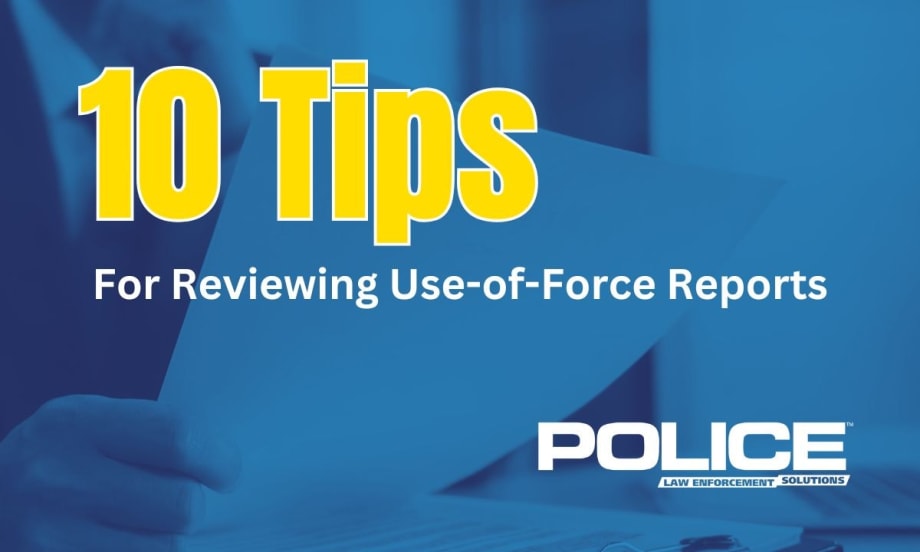"Don't just say, 'I was here at this date and time and the subject came at me.' Try to list those pre-fight indicators that tell me this guy was looking through you, had a clenched fist fighting stance, and was looking to evade arrest, which means they're looking left, they're looking right, they're looking behind them. If they have a weapon, normally they'll touch the weapon area, or they'll keep their hand in their pocket without removing it. Those are the really important things."
Accountability and Administrative Oversight
Walker says in the case of a typical use-of-force report, the review may only take 15 minutes. But if a complaint was filed or he thinks a deputy's actions may have been excessive, then he is more likely to spend three to four hours in review. In those situations, he digs a little deeper while doing his due diligence.
"I bring people in, we start reviewing videos, we start reviewing every single detail of it," Walker explains.
Both as a trainer and chief deputy, Walker doesn't want to see problematic behavior in use-of-force situations and the corresponding reports. But there are mechanisms in place if a deputy needs to be written up formally, or even be suspended or terminated. To date, Walker has not encountered a situation so heinous that he felt he needed to move forward and contact the local prosecutor's office to review the incident for consideration of charges. But he would if he ever felt it necessary.
"I don't want to be biased either way. I'm very proud of the officers that work for us and very rarely do we receive an excessive-force complaint," says Walker. "But if it's something that is outside that realm of reasonableness, then we want to make sure as an administration that we looked at that use of force from every different angle and did the extra efforts of pulling the videos, we read the narratives, we talked to the suspect, we talked to the officer, and we did our due diligence to make sure that we did our jobs correctly."













